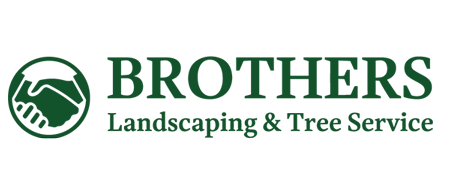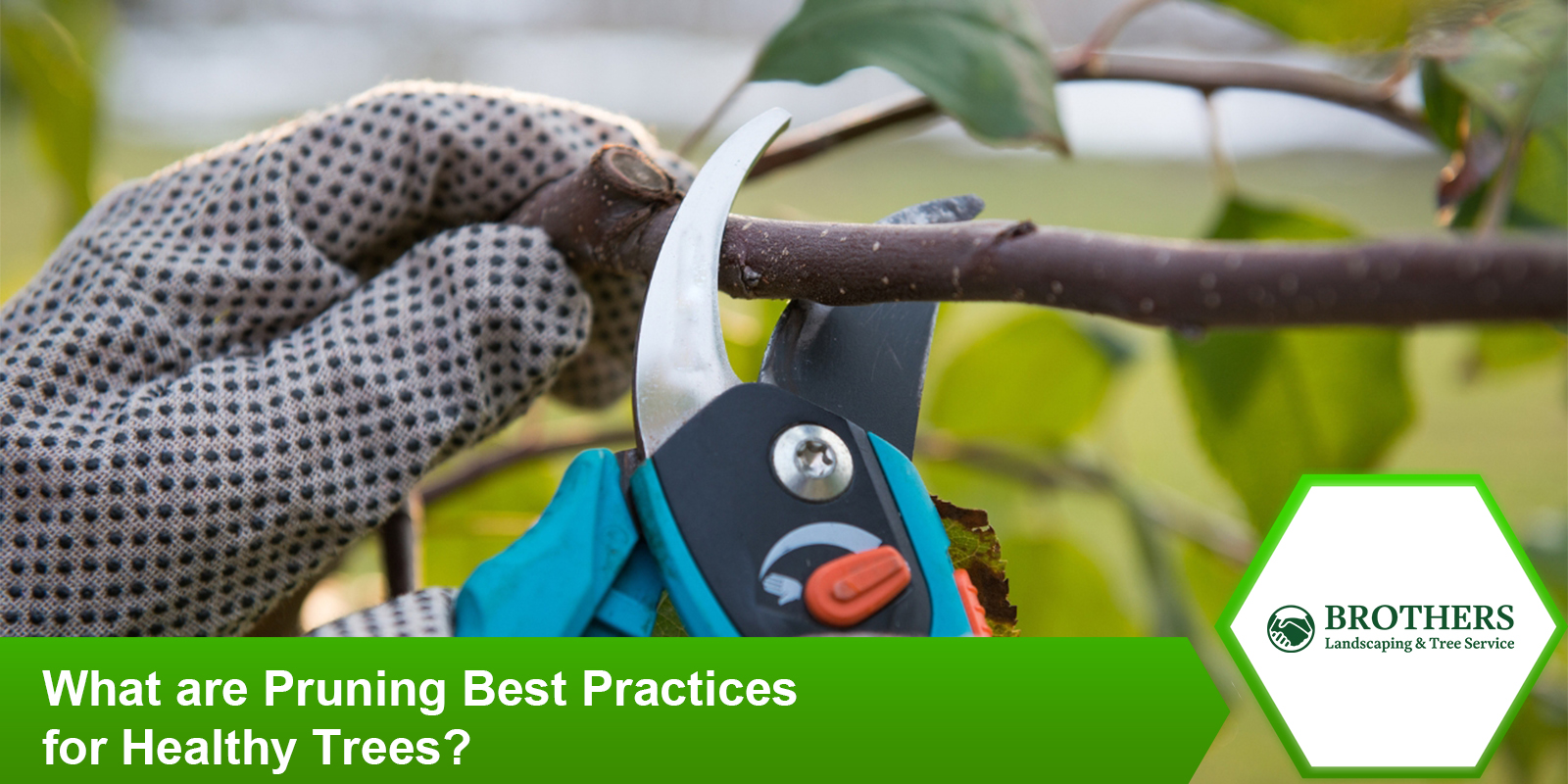
Have you ever wondered what the secret is to keeping your trees healthy and vibrant? Pruning best practices are key, and understanding them can transform your garden. Many gardeners struggle with knowing when and how to prune effectively. This post will guide you through the essential techniques to ensure your trees not only survive but thrive. By adopting these best practices, you’ll see a noticeable improvement in your tree’s health and appearance, enhancing your entire landscape.
Essential Techniques in Pruning Best Practices
To master the art of pruning, it’s crucial to understand why it’s beneficial and how to do it correctly. Here’s a detailed guide to help you apply the best pruning practices to your trees.
Understanding Why Pruning is Crucial
Pruning isn’t just about aesthetics; it’s a vital part of tree health. Removing dead or diseased branches helps prevent the spread of decay and infections. Moreover, by thinning out overgrown areas, you allow more light and air to reach the inner parts of the tree, promoting better health.
Best Time to Prune
The best time to prune depends on the tree species and the goal of pruning. Generally, late winter or early spring, before new growth starts, is ideal. This timing helps the tree heal quickly without risking exposure to harsh elements or pests.
Tools You Need for Effective Pruning
Ensure you have the right tools before you begin. Sharp and clean pruning shears, loppers, and a pruning saw are essential. Dull tools can cause damage, making trees susceptible to diseases.
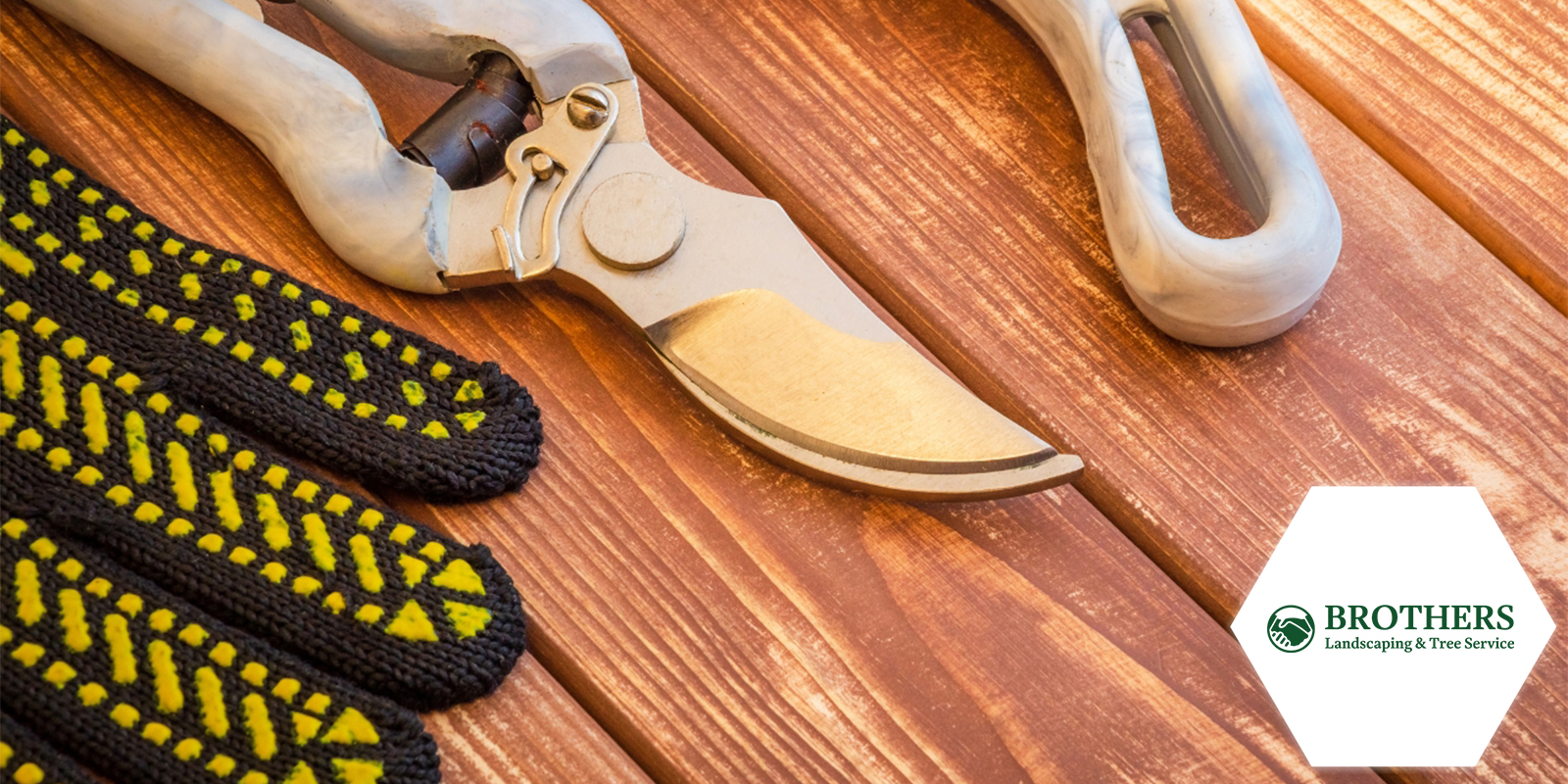
Pruning Techniques
- Cleaning: Remove all dead, dying, or diseased branches to keep the tree healthy.
- Thinning: Reduce density to improve light penetration and air circulation.
- Shaping: Maintain the natural form of the tree to enhance its aesthetic appeal.
Safety Tips While Pruning
Always wear protective gear such as gloves, goggles, and sturdy boots. Be mindful of your surroundings, especially if you’re pruning large trees. Consider hiring professionals for high or large-scale pruning tasks to ensure safety.
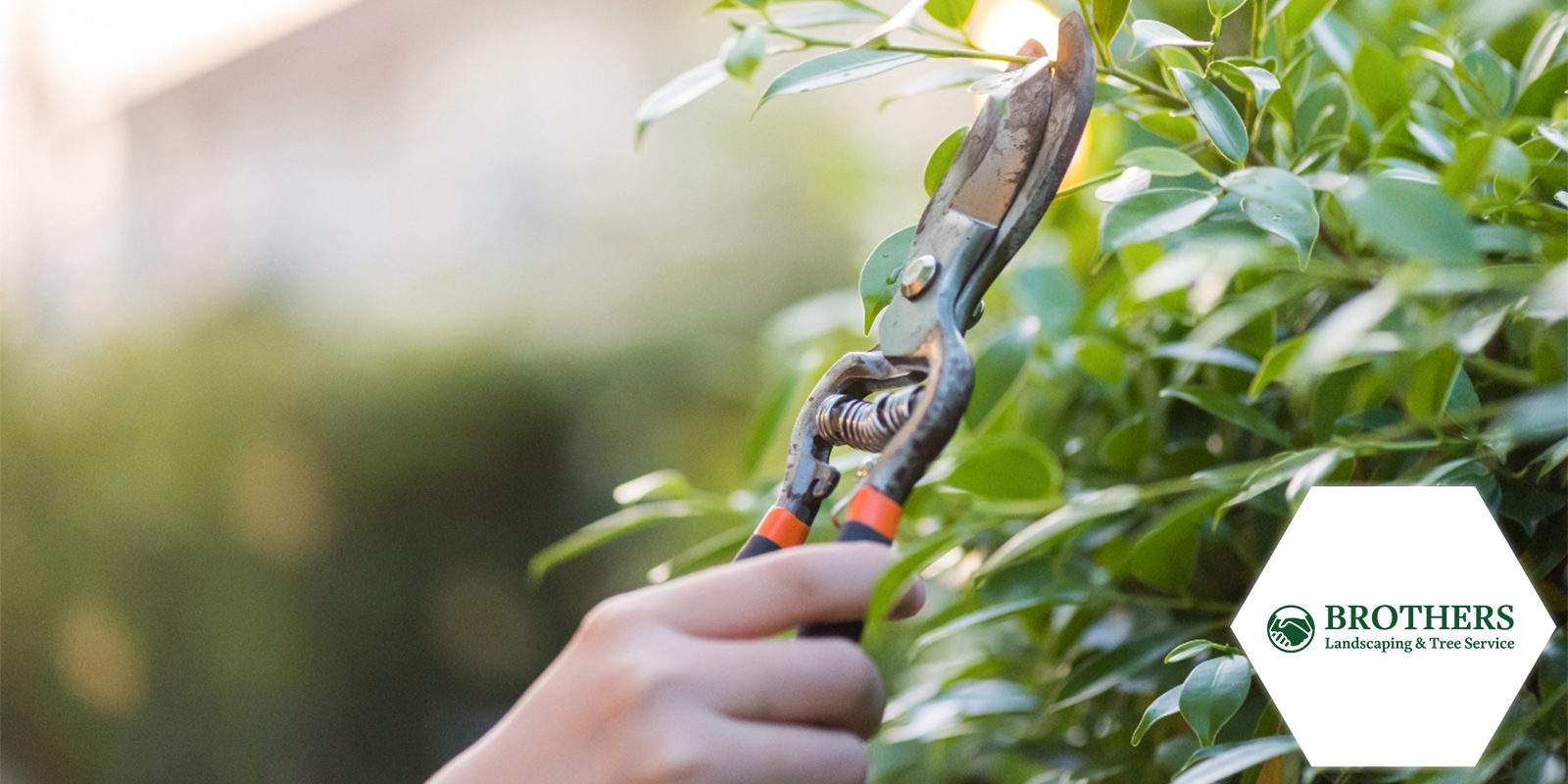
Aftercare for Pruned Trees
After pruning, take care of your trees by watering them adequately and applying mulch around the base. This helps in retaining moisture and providing necessary nutrients, aiding in recovery.
Common Pruning Mistakes to Avoid
Many gardeners make the mistake of pruning at the wrong time or using improper techniques, which can severely harm the tree’s health and growth. Avoid cutting too close to the trunk, which can damage the collar and lead to disease. Also, refrain from over-pruning as it can stress the tree.
How to Recognize Tree Health Post-Pruning
After pruning, observe your trees for signs of new growth and vitality. Healthy trees should show signs of new leaves and branches in the following months. If the tree appears stressed or continues to decline, consult a professional arborist.
The Role of Pruning in Pest Management
Proper pruning can also help manage pests by removing infested branches and improving the tree’s overall health, making it less susceptible to future attacks.
By incorporating these techniques, you will ensure your trees are not only beautiful but also healthy. Remember, regular pruning is as crucial as any other care routine for your garden.
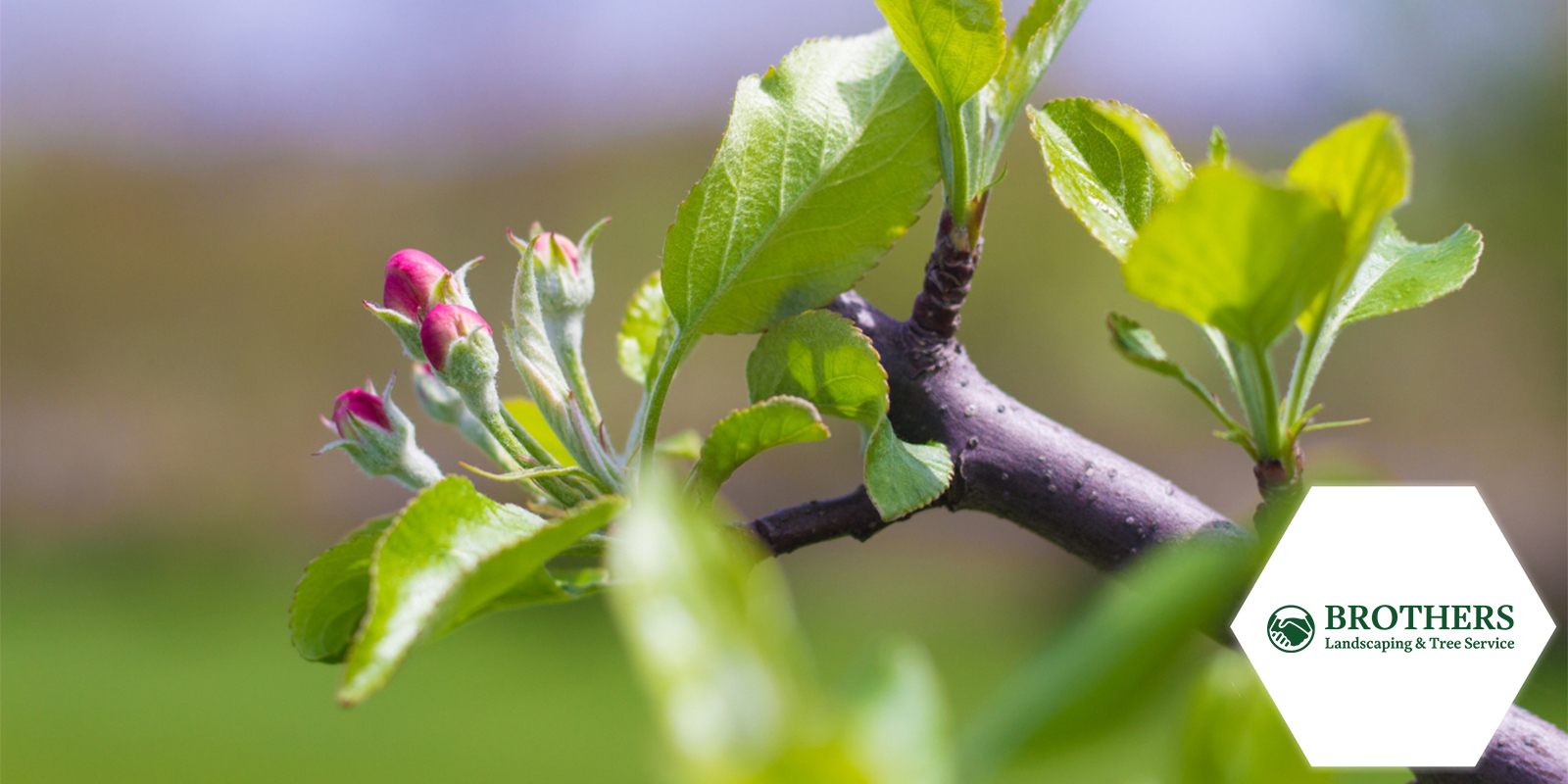
Start Your Tree Health Journey Today
Pruning your trees is more than just a chore; it’s a vital part of their health and longevity. Don’t hesitate to take this step towards a more beautiful and thriving garden. If you’re unsure about the best practices or need professional advice, our experts are just a call away. Reach out to us today, and let’s ensure your trees continue to enhance your landscape for years to come.
